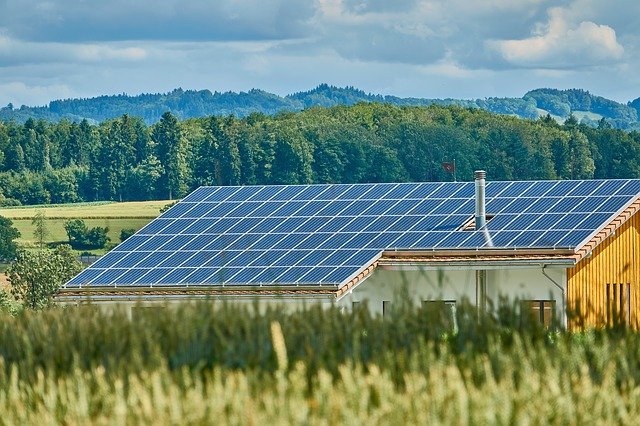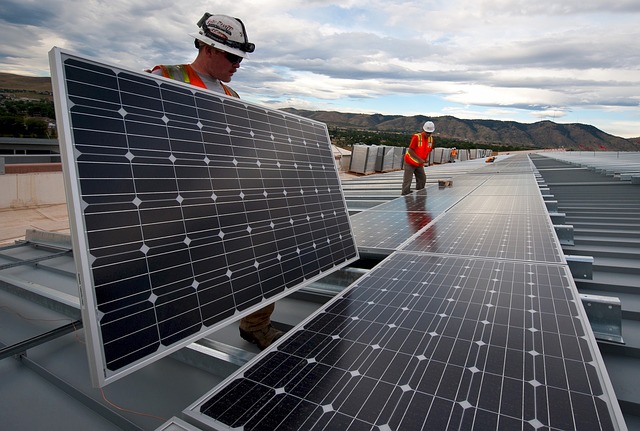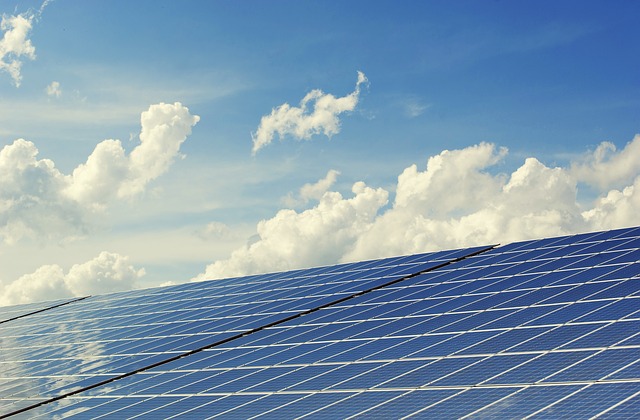What does such a system consist of? The basic system consists of solar panels, boiler, expansion tank, pump with control mechanism, mounting structure on the roof, and fasteners. Since the forced circulation system operates all year round, a glycol-based antifreeze solution is required in the solar panels. The entire system is essentially maintenance-free. It is not at all advisable to fabricate the entire system yourself, as it is a complex mechanism, requires special tools for this purpose, and costs more every time you omit a little something. The entire system requires no maintenance
The entire system requires no maintenance
After the first two years of operation, the antifreeze content and the functionality of the boiler should be constantly checked. The boiler has two heat exchangers, the lower heat exchanger is connected to the solar system and the upper heat exchanger serves as an alternative energy source. The heat exchanger can, of course, also be connected to an electrical system. In this way, the boiler can be heated partly by electricity and partly by solar panels. Suitable heating sources include centralized wood stoves, solid fuel boilers, etc.
Modular
Today, solar hot water systems are manufactured in a modular fashion and can be ordered virtually anywhere, including houses, cottages, guest houses, and production halls. They can be installed virtually anywhere in houses, cottages, guesthouses, production halls, etc., on a made-to-order basis. In family homes, a system with two collectors and a boiler with a capacity of 250 liters (50 liters of hot water per person per day) is the most common choice
How is the water forced to circulate via a pump?
The pump distributes the heat transfer mixture directly from the collector to the storage tank, this simple mechanism is controlled by the control electronics. It works by comparing the temperature detector on the solar panel with the temperature detector on the bottom sump of the storage tank. If the difference is greater than 7-10 degrees Celsius, the pump switches on and transfers the heated liquid to the exchanger.
